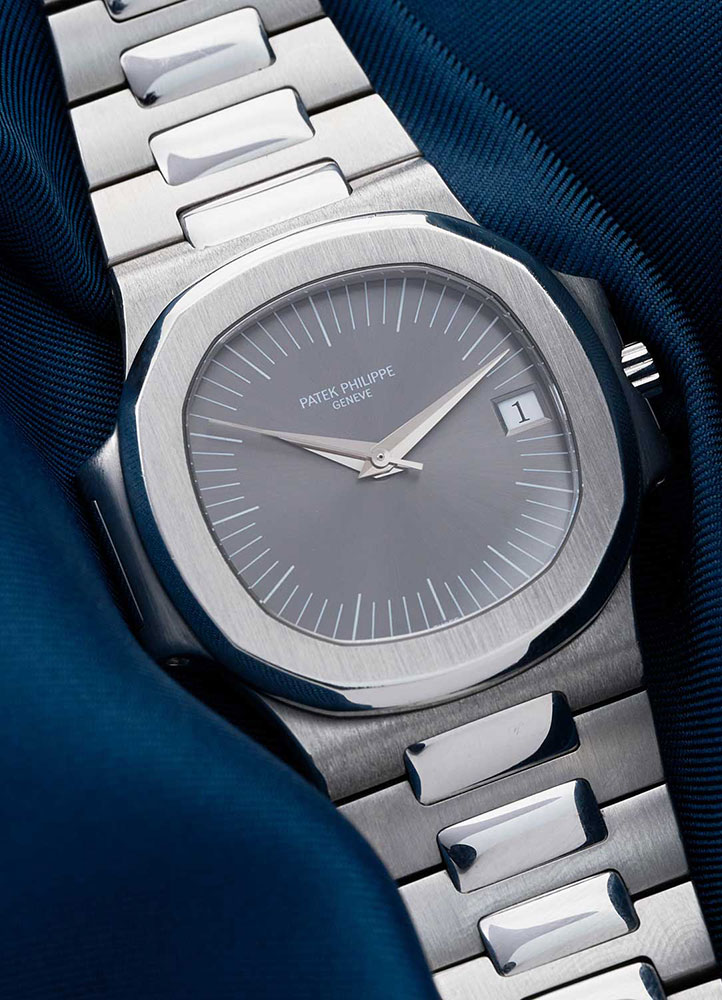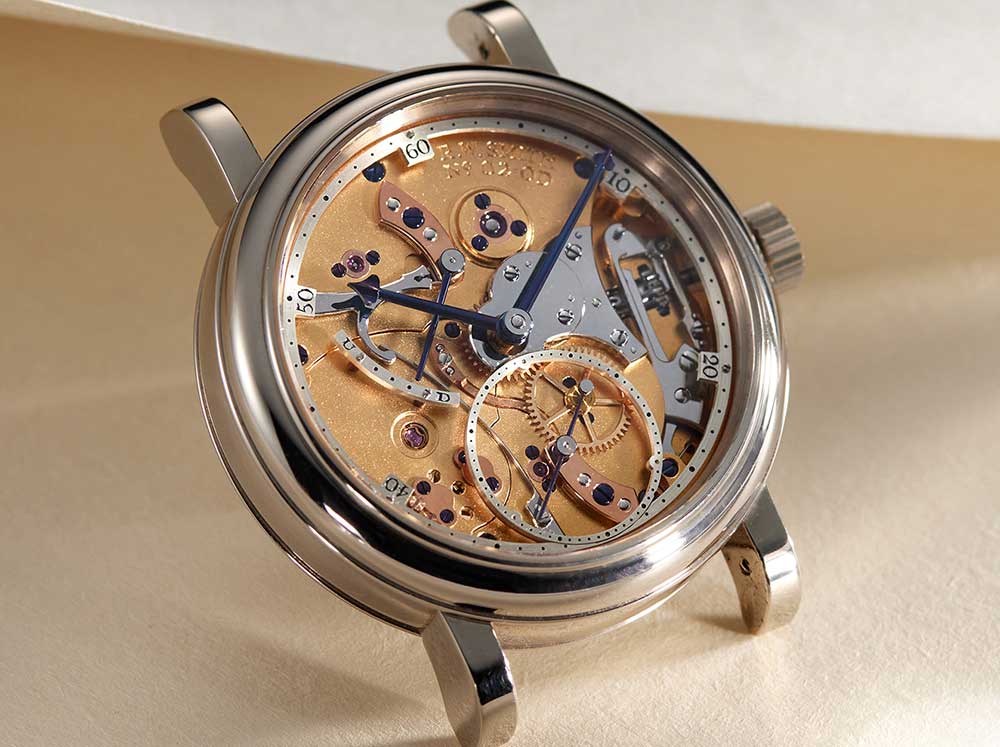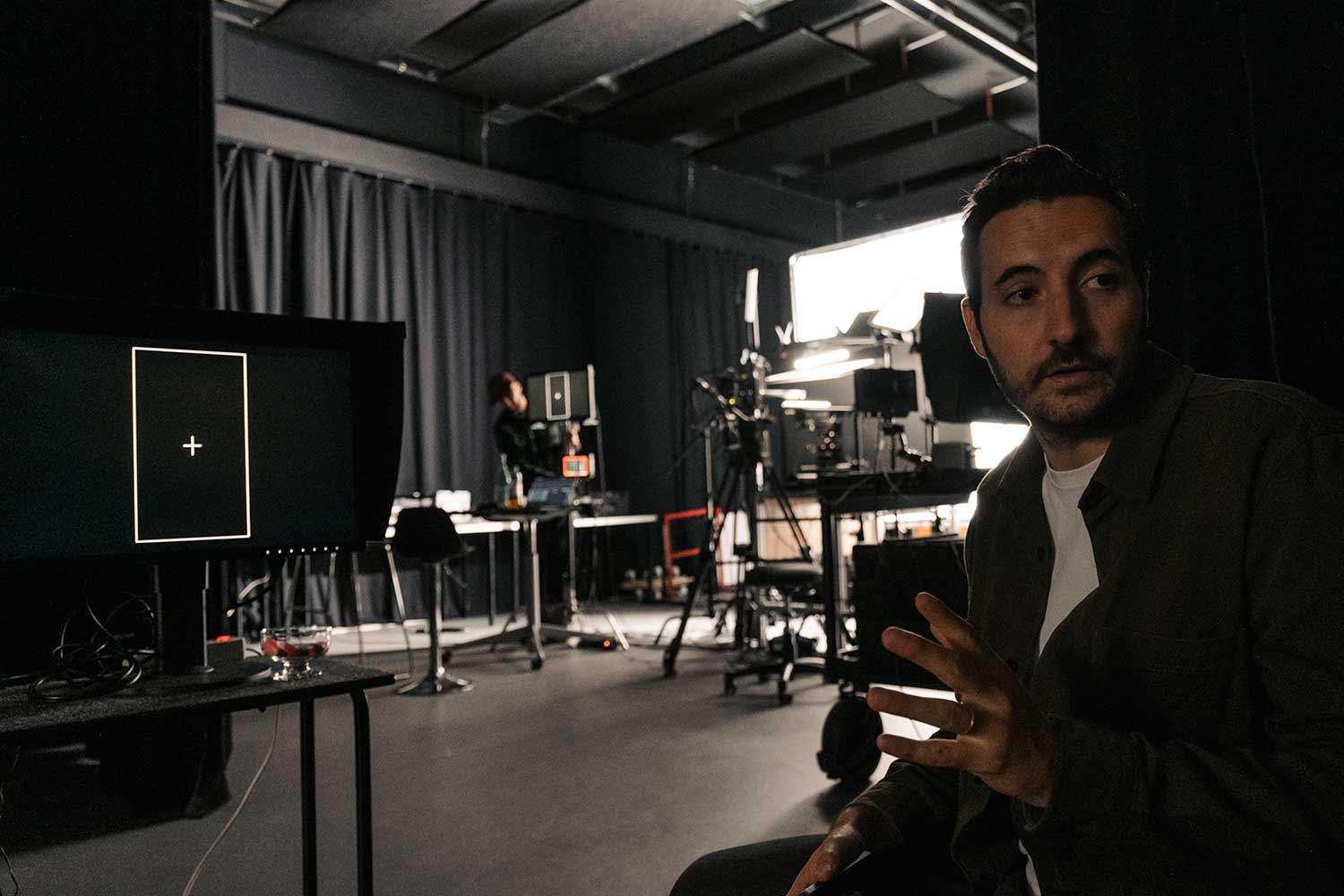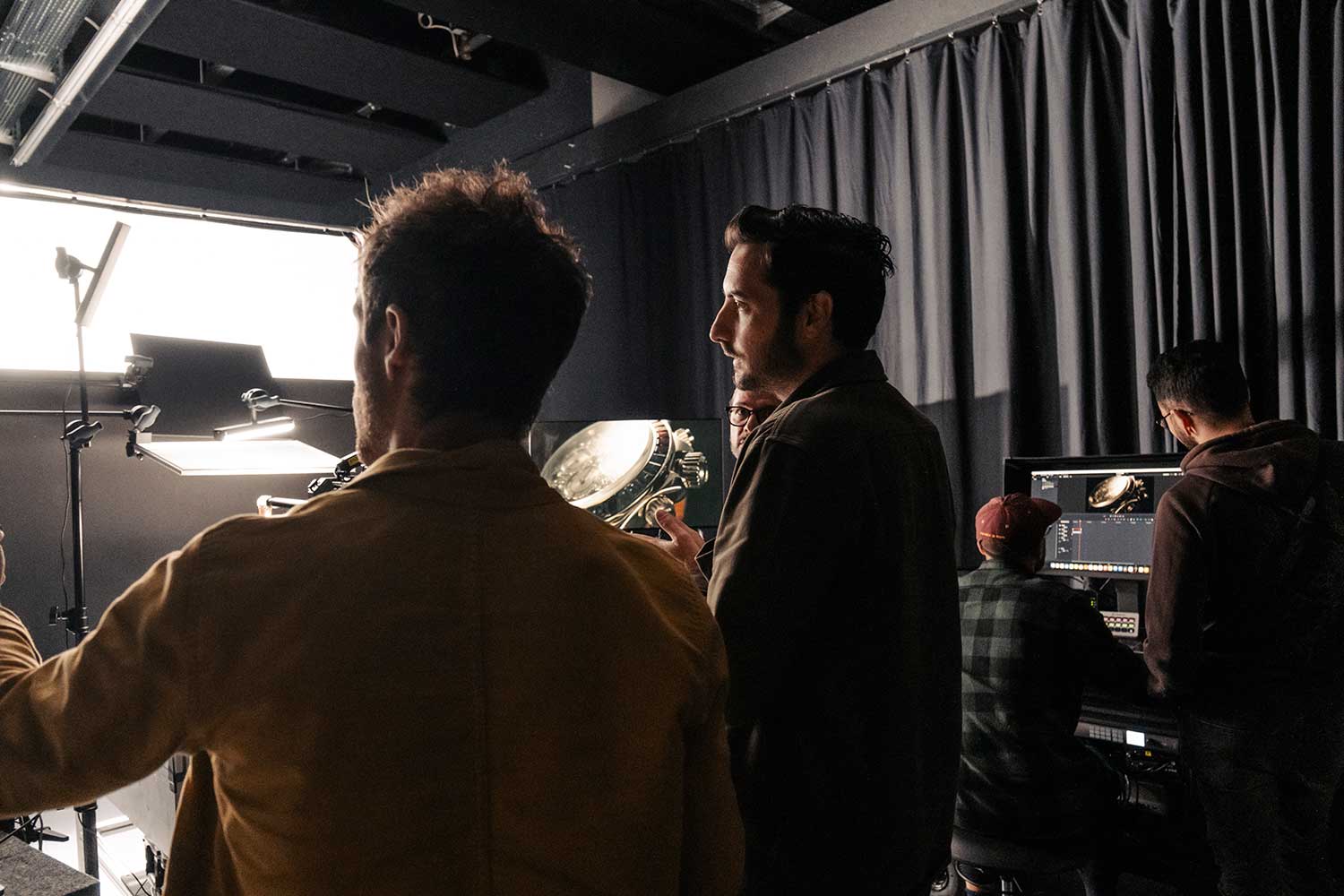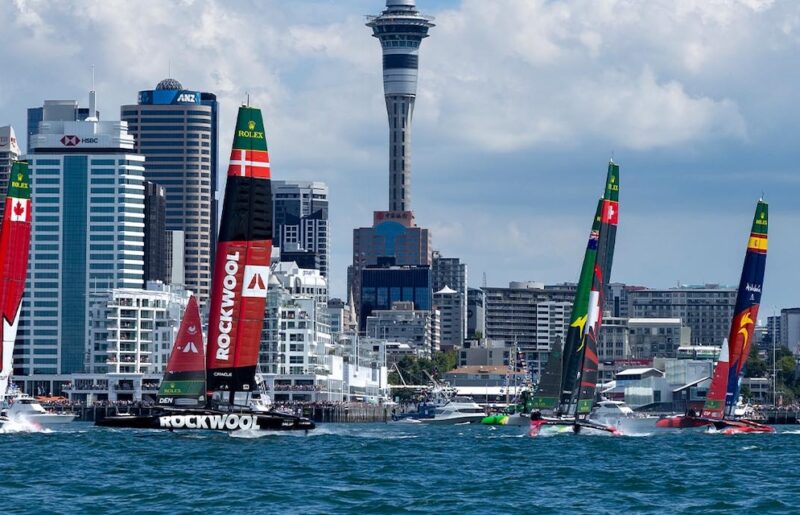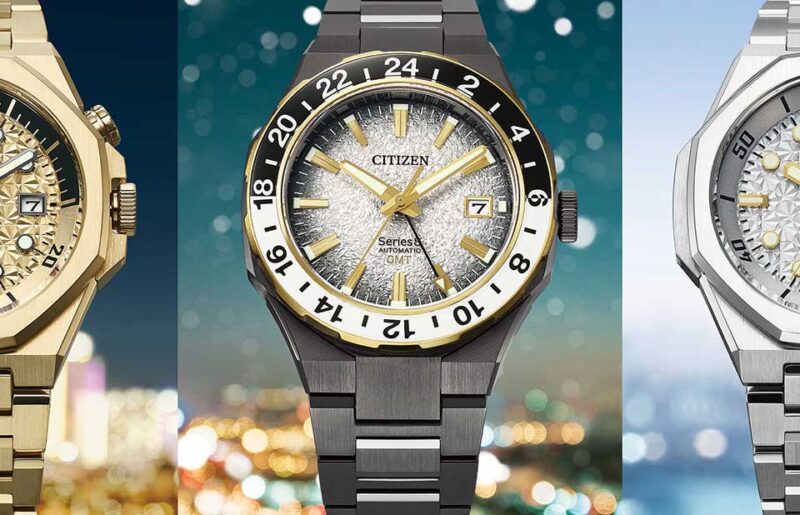The Power of Editorial: Why Does Well-Produced, Editorial Watch Coverage Result In More Sales?
Opinion
The Power of Editorial: Why Does Well-Produced, Editorial Watch Coverage Result In More Sales?
It’s hardly breaking news, but how watches are talked about online has changed significantly over the last 15 or so years, but perhaps not in ways you’d expect. In 2012, the digital landscape of watch media was already fairly well fleshed out. Many of the major players today — like Revolution, Hodinkee, Fratello and Monochrome — have already been around online for a few years and have quickly grasped the power of Instagram, cementing it as the dominant platform for online watch discourse. The dominance of community-driven forums like Timezone was already in decline, and it was clear that online watch appreciation was becoming less niche every day.
One important segment that was slow to embrace the power of the digital world was watch brands and sellers themselves. Aside from a few pioneers, there was a deep scepticism from the Swiss mainstream about communicating online. Digital media were typically shunned at trade shows like Baselworld, watch brands didn’t communicate their prices online, and the attitude towards digital sales was one of deep suspicion.
Quality editorial is king
Fast forward to today, and as you all know, the digital landscape is completely different. One of the most surprising shifts is how watch retailers and auction houses have shifted from relatively simple online inventories to some of the most sophisticated and well-researched repositories of online editorial, managed by some of the leading names in watch journalism. Secondary marketplaces like A Collected Man and Wristcheck have made a name for top-tier reference articles, not to mention up-to-the-minute social content, while established auction houses and retailers like The 1916 Company are investing in exceptionally well-produced content and talented experts. On the other hand, watch news sites like the ones mentioned above are leaning more and more into retail, and the once-established order of the digital landscape is increasingly blurry. One thing remains clear, though — quality editorial content will always be important.
Arthur Touchot is no stranger to the importance of quality editorial content. Touchot is a Hodinkee-alum who today is International Head of Digital Strategy for Phillips , responsible for crafting the storytelling around significant pieces the auction house is selling, like the tale of the first ever Rainbow Daytona from Rolex, which dates back to 1994. When asked about Phillips editorial strategy, his answer was simple: “Quality over quantity — just like how we curate our auctions.”
Touchot went on to explain the rationale: “When Aurel Bacs invited me to join Phillips eight years ago to lead their digital strategy, I was surprised. As a journalist, I was already covering their auctions, and Phillips seemed to have it all: market leadership, a stellar reputation, and fantastic catalogues. But back then, the market was smaller— just a few hundred clients per sale. Aurel saw the rise of editorial platforms like Hodinkee, and together, we agreed that auction houses hadn’t yet reached their full audience and that great content could bridge that gap. Today, the scale of our audience has surpassed all expectations, with more than 1,000 clients anticipated to register by the end of 2024, a testament to just how much larger and more engaged the market has become. What we didn’t expect was that, along the way, clients and watch brands would begin noticing how content could drive great auction results and start asking for their watches to get special coverage — an IG post, an article, a video, or a newsletter feature. Soon, they began requesting these inclusions in contracts. It’s a compliment, and we took it on board to help secure some great pieces.”
Why does well-produced, editorial watch coverage result in more sales?
Many sales platforms today will produce quality content that isn’t explicitly linked to a commercial outcome — a biography of a niche independent watchmaker or the evolution of marine chronometers (for example) isn’t directly helping sales, but it works. We asked Touchot for his take; “It might seem counterintuitive, but it’s a long-term play. Some stories may feel irrelevant now because the watches aren’t on the market or in demand, but when trends shift, our clients are already informed.”
The pillars of education and entertainment as tools for building engagement are something that the Hong Kong-based sales platform Wristcheck understands intimately. Founder & CEO Austen Chu explains, “At Wristcheck, we’re all about spreading the love of watches. In addition to our editorial work, we focus heavily on social media and content creation to connect with audiences — platforms that resonate especially with Gen Z and younger watch enthusiasts. Whether you’re a collector, consignor, or just starting to explore, our goal is to educate, celebrate watch culture, and bridge the gap between different communities. The easiest way to do that through content is by talking about people — whether it’s looking at celebrities’ collections, amplifying the voices of collectors and enthusiasts.. it’s all about the people, because people are what make the watch community so amazing.”
It’s an approach that John Shmerler, CEO of The 1916 Company, echoes. “Good editorial has always been at the heart of our approach, starting with WatchBox and continuing here at The 1916 Company. Our original ethos was built on the idea that education and entertainment go hand in hand. Editorial is a vital part of our content strategy — it’s not just about showcasing watches but about creating a space for our clients and community to learn, explore, and deepen their connection with the watches they’re passionate about. We’ve invested heavily in this strategy, particularly in video production capabilities. This includes both the on-camera presence and the behind-the-scenes work, resulting in what is now the largest and most comprehensive gallery of hands-on watch reviews by Tim Mosso, alongside interviews, collector conversations, and so much more. If you’re interested in a particular piece, it’s almost impossible not to find a video review at the reference number level from The 1916 Company, with detailed insights and a tactile feel for the product. Additionally, our editorial program, led by Jack Forster, continues to feed the community’s desire to understand the art, history, and craftsmanship behind every watch, which strengthens our connection with the global watch community.”
Shmerler goes on to explain, “For us, editorial goes far beyond being a direct sales tool. While we certainly highlight products, our focus is on offering value and fostering a deeper connection with our clients. Our content strategy is designed to educate, engage, and ultimately build trust, which plays a crucial role in attracting and retaining customers. Editorial often serves as an individual’s first point of contact with The 1916 Company, and it’s through this initial experience that we create a lasting impression — one that’s not solely focused on the transaction. We don’t measure success by asking, ‘Did we sell this watch today?’ Instead, we think about the bigger picture — the sum of many parts. Are we delivering the right product? Does our team have the expertise needed to support and guide our clients? Are we transparent about the market? And, most importantly, are we creating an exceptional experience, one that’s tailored to the unique circumstances of each client’s journey?”
We don’t measure success by asking, ‘Did we sell this watch today?’ Instead, we think about the bigger picture: ‘Are we delivering the right product?
While it might seem initially surprising that sales platforms are going toe-to-toe with specialist watch media platforms in terms of content, on deeper reflection, it shouldn’t be too surprising. Phillips, for example, isn’t expected to cover watch news and doesn’t have to support advertisers in the same way as a more news-oriented site. Arthur Touchot says that this shifting of lines is part of a broader trend. “Media outlets are venturing into retail, and auction houses are investing in media, both online and in print — Phillips launched a Journal a few years ago, and we’ve had the pleasure of working directly with several brands to produce special editions for their boutiques. As the lines blur, having in-house expertise is more important than ever. While outsourcing can yield polished content, there’s no substitute for the authenticity and knowledge that comes from a team deeply rooted in the industry.”
There’s a saying that will be familiar to anyone who’s worked in marketing: “Content is King.” It’s not a new concept by any means — it’s most often attributed to a Bill Gates essay from 1996. But it’s true. In an online world governed by changing algorithms and platforms going in and out of vogue, it’s hard to argue with the evergreen appeal of unique, high-quality and authoritative content. It’s relevant if you’re trying to sell a multi-million dollar watch at auction or if you’re trying to get more subscribers for your newsletter. Having something educational and engaging that people haven’t seen 50 times before is hard to beat in the long run. That’s why good editorial content will always be a power to be reckoned with.





